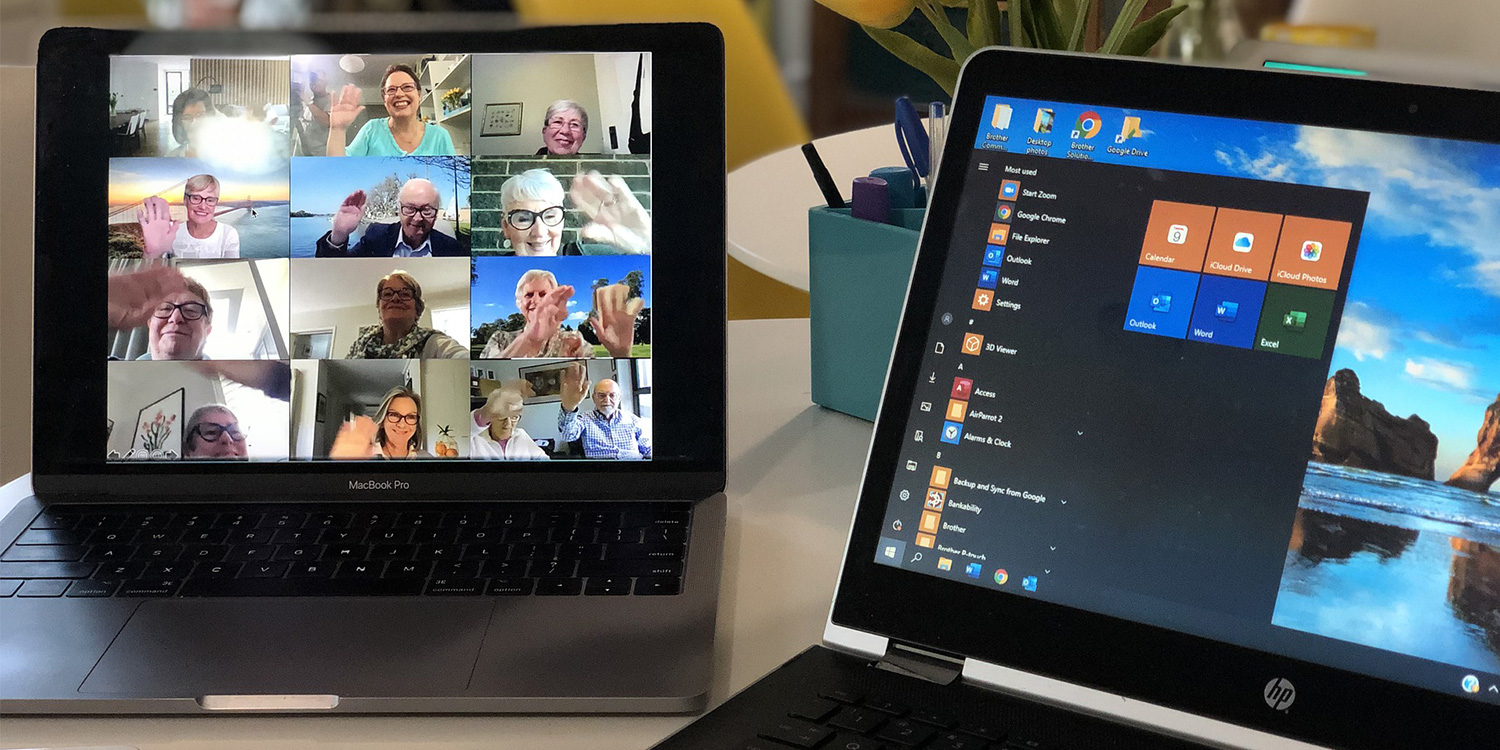Employees around the globe are working from home full-time during the COVID-19 pandemic. Many are turning to programs like Zoom to meet online. However, cybercriminals see this trend as a new opportunity to attack people for profit. Therefore, you must protect these platforms, so your company is safe from costly and embarrassing breaches.
How do hackers attack video meetings?
- Bombing: This involves uninvited guests interrupting your meetings. They may show pornographic images, shout hate messages, or harass attendees in private chats.
- Compromise: In this situation, employees accidentally reveal confidential information, such as trade secrets or a patient’s medical condition, to unauthorized people.
- Spying: Hackers sneak on and collect meeting information through eavesdropping, recording, and screen capping.
- Breaching: Hackers can steal the meeting admin’s login credentials and then scrape contact information and classified files.
What can happen if hackers successfully breach a video meeting?
- Using stolen information to customize phishing emails and business email compromise attacks.
- Leaking confidential information to the public, thereby destroying the reputation of the company, employees, and customers.
- Selling personally identifiable information on the dark web so those affected become victims of identity theft.
- Giving your trade secrets to competitors, thereby losing revenue, customers, and competitive positioning.
How can you prevent attacks on your video meetings?
- Sticking with business-grade platforms. Programs such as Microsoft Teams follow industry and IT data protection standards such as HIPAA, ISO 27001, ISO 27018, SSAE16 SOC1, and SOC2.
- Restrict access to the meetings. Password-protect the meetings and limit the reuse of access codes. Additionally, allow only invited and signed-in users to join in. Once all the guests arrive, lock the meeting so new participants cannot join. Finally, kick out uninvited guests.
- Be careful with what you share. Do not show your screen if you do not need to. Similarly, hide anything in your camera view that you do not want anybody to see. If possible, use a virtual background instead of revealing your live workspace.
- Update the meeting software regularly and make sure attendees do the same. Hackers can exploit security holes in older software versions.
- Join secure Wi-Fi networks. Using unprotected networks, especially public Wi-Fi signals that do not require a password, leaves meetings accessible to hackers.
- Watch out for phishing emails. Bad actors are impersonating video conference vendors and sending out malicious emails. Look at the email address and confirm it is from a trusted sender. Also, look at the meeting link and check that it does not have .exe in the text. If you are in doubt, call the meeting organizer to follow up.
- Create an online meeting policy with employees. Require employees to review a document outlining meeting security and etiquette best practices. This can include:
- Using the company-approved meeting platform only
- Securing the meetings with passwords
- Getting permission to record meetings
- Turning off smart speakers (Alexa, Google, Siri)
- Hiding confidential materials from camera view
- Being aware of your surroundings
- Muting your microphone when not you are not speaking
If you are interested in learning more information about a business-grade video conferencing platform, such as Microsoft Teams, you can speak to one of our IT consultants. Please contact us by calling 877-794-3811 or info@swifttechsolutions.com.

